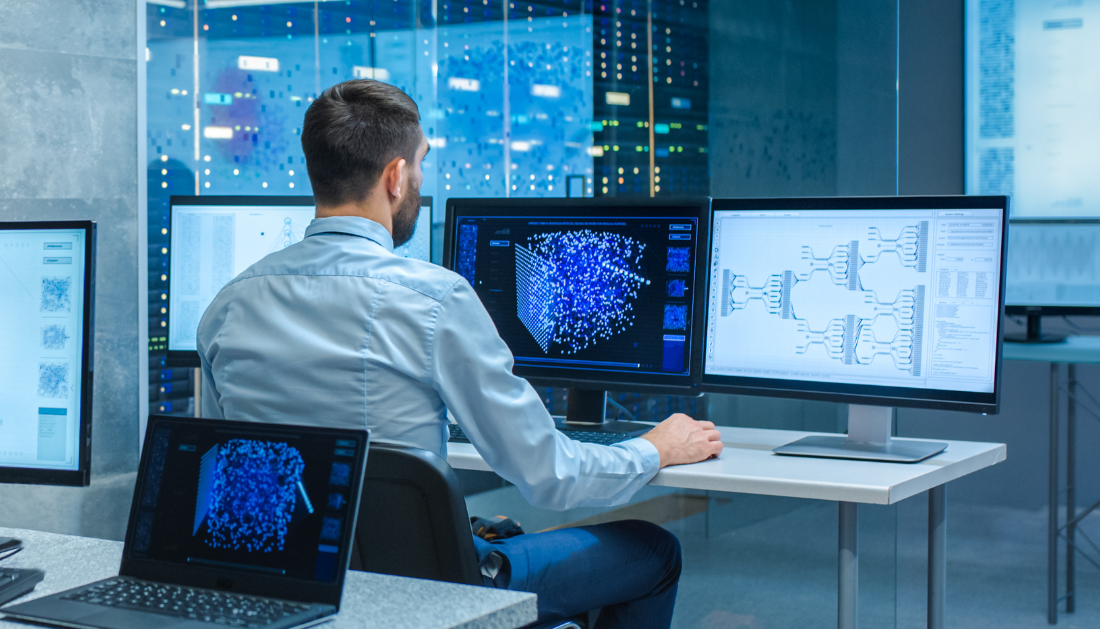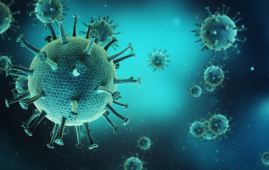

AI Unveils How the Brain Learns Relationships: A Breakthrough in Neuroscience
Researchers at ML Collective in San Francisco and Columbia University have made a significant discovery about how the brain processes relational learning, a fundamental cognitive ability. Their study, published in Nature Neuroscience, explores how artificial neural networks can mimic the brain’s approach to learning relationships between objects or concepts—shedding new light on the biological mechanisms behind intelligence.
Relational learning enables humans and certain animals to understand connections between different elements, even without direct instruction. For example, if we know that “A is greater than B” and “B is greater than C,” we can logically conclude that “A is greater than C.” This cognitive ability is vital for decision-making, reasoning, and adapting to new situations. However, the neurological basis of this function has remained unclear—until now.
Lead researchers Thomas Miconi and Kenneth Kay investigated this phenomenon using a novel artificial neural network inspired by brain circuits. Unlike traditional neural networks, their model incorporated self-directed synaptic plasticity, allowing it to modify its own connections in response to experiences, much like biological neurons. This enabled the AI system to autonomously learn relational patterns, mirroring how humans and primates process new information.
The study found that the AI model could replicate a key feature of human cognition: knowledge reassembly. This means that after learning certain relationships, the system could quickly adjust its understanding when introduced to new information. Notably, this ability appears to be unique to primates, as other species like rodents and pigeons do not show the same rapid adaptability.
These findings have major implications for neuroscience and artificial intelligence. Understanding how the brain organizes knowledge could lead to improved AI systems that learn and adapt more efficiently. Additionally, this research offers valuable insights into how cognitive functions might be affected by neurological disorders, potentially guiding future treatments.
As AI continues to model brain functions, the line between biological and artificial intelligence grows increasingly blurred. With further research, these discoveries could revolutionize how humans and machines approach learning, memory, and problem-solving.
More Information: Thomas Miconi et al, Neural mechanisms of relational learning and fast knowledge reassembly in plastic neural networks, Nature Neuroscience (2025). DOI: 10.1038/s41593-024-01852-8.
more recommended stories
 36-Week Pre-eclampsia Screening May Reduce Term Risk
36-Week Pre-eclampsia Screening May Reduce Term RiskA New Preventive Strategy for Term.
 Cardiovascular Risk and Sudden Cardiac Death in Diabetes
Cardiovascular Risk and Sudden Cardiac Death in DiabetesRising Sudden Cardiac Death (SCD) Risk.
 Engineered Herpes Virus for Glioblastoma Immunotherapy
Engineered Herpes Virus for Glioblastoma ImmunotherapyA Powerful New Direction in Glioblastoma.
 Poor Kidney Function and Alzheimer’s Biomarkers Explained
Poor Kidney Function and Alzheimer’s Biomarkers ExplainedPoor kidney function may influence levels.
 Walking Speed Before Hip Replacement Predicts Recovery
Walking Speed Before Hip Replacement Predicts RecoveryNew Evidence Points to a Simple,.
 Neuroblastoma Drug Combo Extends Survival in Models
Neuroblastoma Drug Combo Extends Survival in ModelsA Promising Shift in High-Risk Neuroblastoma.
 How Soybean Oil Impacts Weight Gain and Metabolism
How Soybean Oil Impacts Weight Gain and MetabolismWhy Soybean Oil May Affect Metabolism.
 Coffee and Cognitive Function: Evidence Review
Coffee and Cognitive Function: Evidence ReviewA new narrative review in Cureus.
 Colorectal Cancer Screening Rates Low in Adults 45–49
Colorectal Cancer Screening Rates Low in Adults 45–49Recent UCLA research reveals that colorectal.
 Gut Immune Cells and Long-Lasting Antiviral Protection.
Gut Immune Cells and Long-Lasting Antiviral Protection.Breakthrough Findings on How Gut Immune.

Leave a Comment